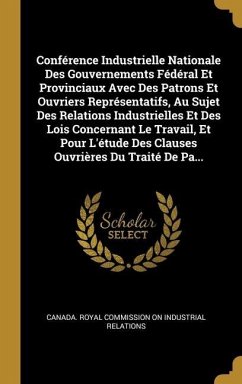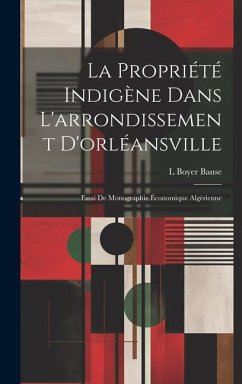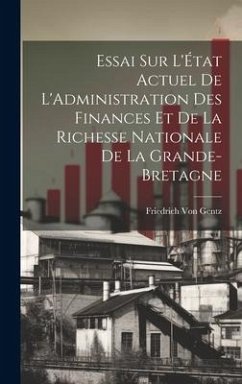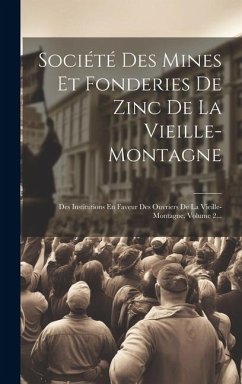
Les nations industrielles vers la paix, essai sur les types d'institutions permanentes de conciliation et d'arbitrage dans les conflits et diffÃ(c)rends collectifs entre patrons et ouvriers et employÃ(c)s
Versandkostenfrei!
Versandfertig in über 4 Wochen
31,99 €
inkl. MwSt.
Weitere Ausgaben:

PAYBACK Punkte
16 °P sammeln!
Les nations industrielles vers la paix (Industrial Nations Towards Peace) explores mechanisms for achieving peace in industrial relations. Camille Briffault examines the types of permanent institutions for conciliation and arbitration that can resolve collective conflicts and disputes between employers, workers, and employees. Published in 1902, this essay reflects early 20th-century concerns about labor unrest and the search for stable solutions. Briffault proposes methods for creating a more harmonious relationship between labor and capital, aiming to foster industrial peace through structur...
Les nations industrielles vers la paix (Industrial Nations Towards Peace) explores mechanisms for achieving peace in industrial relations. Camille Briffault examines the types of permanent institutions for conciliation and arbitration that can resolve collective conflicts and disputes between employers, workers, and employees. Published in 1902, this essay reflects early 20th-century concerns about labor unrest and the search for stable solutions. Briffault proposes methods for creating a more harmonious relationship between labor and capital, aiming to foster industrial peace through structured dialogue and negotiation. This work has been selected by scholars as being culturally important, and is part of the knowledge base of civilization as we know it. This work was reproduced from the original artifact, and remains as true to the original work as possible. Therefore, you will see the original copyright references, library stamps (as most of these works have been housed in our most important libraries around the world), and other notations in the work. This work is in the public domain in the United States of America, and possibly other nations. Within the United States, you may freely copy and distribute this work, as no entity (individual or corporate) has a copyright on the body of the work. As a reproduction of a historical artifact, this work may contain missing or blurred pages, poor pictures, errant marks, etc. Scholars believe, and we concur, that this work is important enough to be preserved, reproduced, and made generally available to the public. We appreciate your support of the preservation process, and thank you for being an important part of keeping this knowledge alive and relevant.












